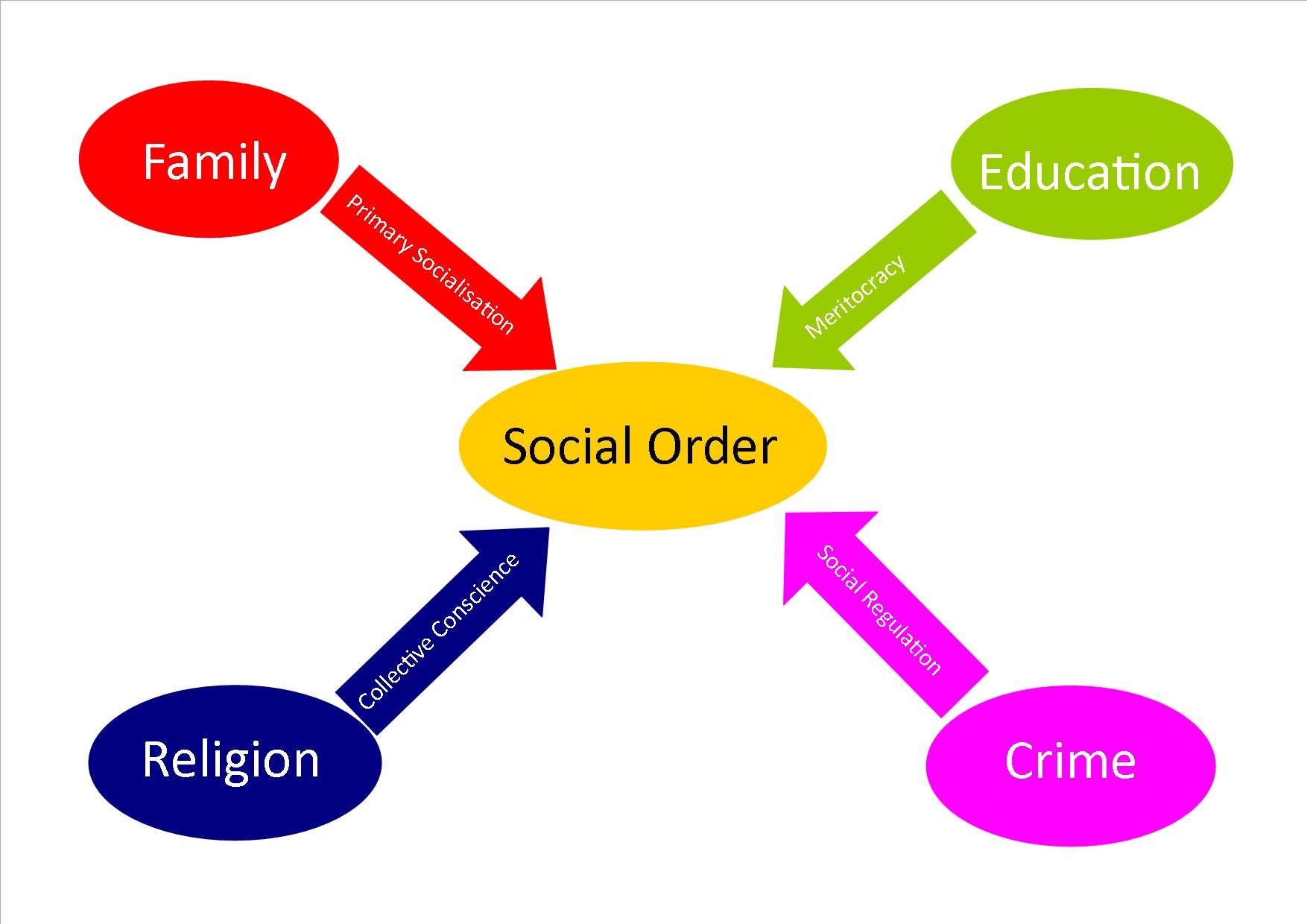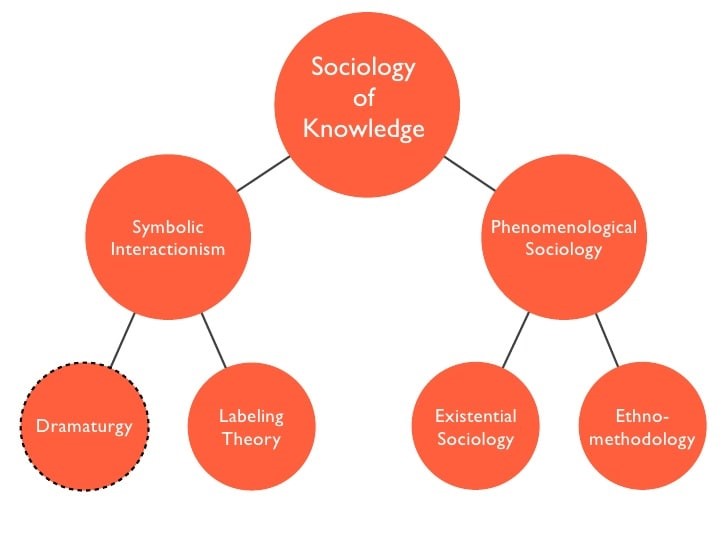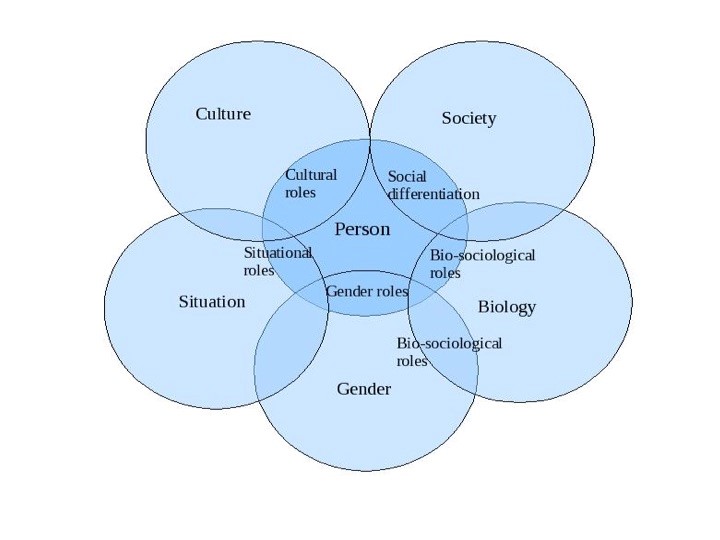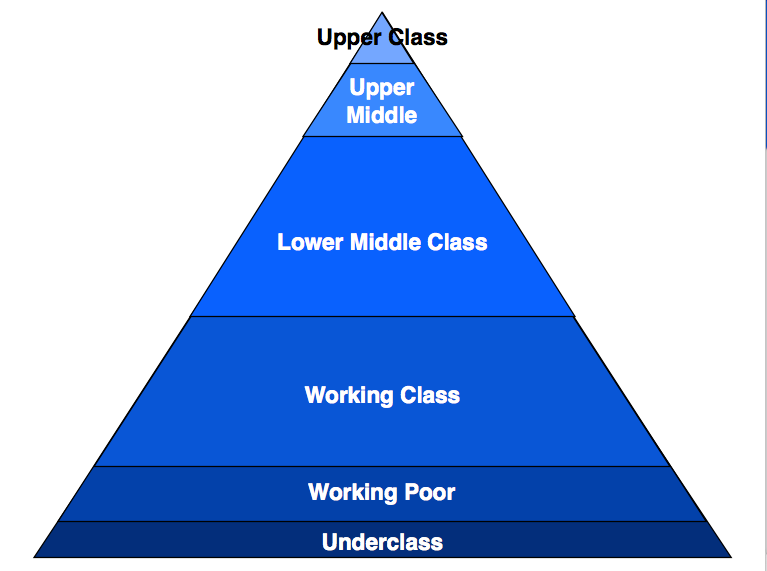Social Structure Theories- Definition, Branches and Examples
Introduction
Social structure theories explain social relationships through structures- family structure, political structure, and so on.
The three branches of social structure theories are:
Functionalist Perspective
Functionalism is a social-structural perspective that argues society has a well-defined function that is necessary for its survival. Functionalists say that social arrangements are functional to society, and every action has a purpose in achieving the desired end. It also argues that social structures are functional to society in that they must fulfill specific tasks for society to survive.
Examples of social theories of functionalism are as follows:
- The family provides for a path to adulthood and also allows the passing of values between generations. It is functional because if families did not exist, society would not reproduce itself and pass down its values or ideas.
- The government is supposed to maintain law and order and provide for social welfare and public services. It is functional because, without it, there would be many crimes and squalor.
Conflict Theorist Perspective


These are very different from Functionalist theory as they are not functional. Contrary to Functionalists, conflict theorists state that society comprises groups with very opposing views and want power. They argue that the dominant groups try to maintain their status by suppressing the rights of those who are in a subordinate position.
Interactionists’ Perspective
They argue that people can change society by interacting with one another, meaning they are more likely to be affected by society than the social structure. They also argue that there is a power struggle between groups in society and within each individual.
Social interactionists argue that society comprises individuals and groups who interact in ‘face-to-face’ relationships. They are also interested in the way people create their reality and the effect they have on one another.
There are various types of social structure theories that provide explanations of crime rates and other sociological factors, and we’ll be looking into them next!
The Social Disorganization Theory
This theory argues that crime is more likely to occur in areas where control is not enforced. This hypothesis underlies the idea that a lack of social integration and structure is the cause of crime. Social disorganization results from an imbalance between social structure and social organization.
For example, in urban areas, the rapid growth of suburbs and high mobility rates produce a social structure that differs markedly from the traditional city, without adequate social organization to mediate that disruption.’
This theory is also known as the ‘Social Area Theory.’ It argues that an area with a large population density and high poverty levels will be associated with high crime rates. A study was conducted to see if there is a relationship between poverty and crime, the results were as follows:
The study found that poverty and crime are interrelated. The researchers hypothesized that neighborhoods with higher levels of poverty would also have greater crime rates. These findings supported their hypothesis. There is a positive relationship between poverty and crime.
Criticism
The main flaw of this theory is that people will become classless, and there won’t be any social structure. This assumption is far from true because of cultural norms, social groups, and values. These values are essential for a person to be classed as a part of society.
The Strain Theory
This theory is based on the idea that people commit crimes because they can’t obtain good wealth, status, or power. As a result, these people try to avoid the negative feeling that a lack of these things gives them.
Robert King Merton first introduced the Strain Theory in 1938. He argued that people saw the gap between what they had and what they felt they should have.
According to the theory, this can arise when people don’t get a high enough status in society. This status can be achieved through money, power, or social prestige, for example.
Merton had initially stated that ‘anomie’ was used to describe a society with conflicting norms. This conflict leads to confusion and uncertainty between what is expected and what can be achieved. He concluded that this leads to the notion of strain.
Sutherland (1949) argued a direct relationship between crime and ‘anomic’ social situations. He argued that people who move from a lower-class job to a high-status position in a short time are at risk of committing a crime.
The Strain Theory says that people may commit crimes to avoid the negative feelings they are experiencing. This is because they think they cannot achieve the deserved high-status lifestyle.
Those who support this theory believe that mass communication and consumerism can lead to a breakdown in values. Therefore, this could cause strain and eventually result in a crime.
This theory suggests that changes in the levels of wealth in a country cause crime rate to change. To put it another way, the wealthier a society is, the less crime they will have. According to this theory, social change itself causes crime.
Those who support the Strain Theory say that it is necessary to change the way society works and the values they promote to control crime rates.
A study by Shaw (1967) found some differences between crime in rural and urban areas. For example, there were lesser burglaries in rural areas than there are in the cities. This fact links to the Strain Theory; burglaries are more likely to happen because there is a higher level of wealth in cities.
This theory suggests that the crime rate is determined by the number of opportunities available to potential criminals.
Criticism
The strain theory is criticized because it doesn’t explain why people of different statuses within a society commit crimes. For example, the gap in wealth between two low-income families may be greater than the gap between an upper and middle-class family.
Another criticism is that it only applies to certain types of crime (e.g., property crime). It doesn’t explain the differences in violent crimes such as murder and rape between different classes.
The Anomie Theory
The anomie theory suggests that crime occurs when people experience a lack of norms. These are the rules and standards that exist in society, such as respect for authority and property.
Anomie is the term used in sociology to describe an individual’s normlessness. This means that there are no set values held by society.
There are some ways to reduce the levels of crime. An example is teaching people how to resolve problems in more appropriate, non-criminal ways. It is also possible to reduce opportunities for crime by creating new jobs in the economy. For example, if people have more money, they are less likely to try and get it any way they can.
This theory suggests that social structure is the cause of crime. It includes three main components: class, power, and deviance.
Class
People in the lower classes tend to be more likely to commit crimes than those in the middle or upper classes.
According to Durkheim, this is because the upper classes offer more opportunities for success and influence. For example, they can give their sons good educations that can help them achieve high-status jobs.
On the other hand, the lower classes have fewer opportunities to succeed because they don’t receive good education. Therefore, they are more likely to get a low-status job that offers less income. They are poor and with no privileges.
People in the middle class tend to be less likely to commit a crime. For example, they can afford a good education and are not as poor.
Durkheim said that they are the most law-abiding social class because of their high levels of integration and acceptance.
He said: “the more completely a society is closed, the more regularly crime will be found to occur in it.”
He suggests that this is because there are too many people and not enough work for everyone. As a result, people feel as though they don’t belong or are out of place.
Power
According to the Structural Social Theory, power refers to the ability of someone to get what they want in society. If people want more authority in a group, they may use their power to get what they want. If their efforts are unsuccessful, then the group will become divided and resort to crime.
People turn to illegal activities if they are unable to get their way legally. For example, they may try to enforce the law unfairly, such as by killing someone. They may also try to get more power for themselves. For example, they may try to take over the country.
Criminal gangs are a good example of this type of behavior. For instance, Rodney Glasgow, a former gang leader, said: “I did it because I was good at it. It was nice being on the street and having people respect you.”
However, not everyone who tries to get power gets it. For example, many people try and become famous singers or actors, but most don’t succeed.
Deviance
When people break the rules, this is called deviance. The structural theory suggests that deviant behavior can give some people more power than others.
For example, prisoners are given power over others. In prisons, they may have to obey the rules or face punishment. However, on the outside, they may have more freedom.
Deviance can also cause people to feel as though they are out of place in society. For example, some people may be able to change their behavior so that they fit in. However, some people are unable to do this and feel as though they don’t belong.
Social Bonding Theory


It suggests that deviance is caused by social bonding or lack of it. Social bonding refers to how well people get along with others.
Barry Goldwater, a psychology professor, said: “the source of…deviance that society finds most disturbing is the failure to develop effective bonds with others who are important to the individual.”
He suggests that people may commit deviant behavior because they don’t feel as though they belong anywhere. As a result, they act this way.
They could join a criminal gang or other anti-social groups to try and bond with others. Alternatively, they could join a religion to try and connect with others.
According to the social bonding theory, joining these groups can make people feel like they belong somewhere. However, because these groups are criminal, it can lead to deviance.
Criticism
It doesn’t explain why people commit minor crimes. For example, it doesn’t explain why someone would steal something worth less than £1.
For example, Edward Latessa argued that crimes such as theft are committed because of the need to get money.
He said that many people commit crimes to get more money because they need it. For example, he said “the money that comes from crime is like a drug. It’s addictive.”
Differential Association Theory
Differential Association Theory claims that deviant behavior is learned in families, peers, and the local community.
This theory suggests that discrimination is a form of deviance. For example, black people may be treated differently in society.
As a result, they will have few opportunities and feel as though they are different from most other people.
The differential association theory is based on the following assumptions:
- Some groups are part of an individual’s environment.
- An individual will learn new behaviors from people within their group (or society).
- They will also learn to identify with certain groups and not others.
According to this theory, if a person wants to behave unacceptably, they will learn this from other group members. For example:
- A boy may learn to take drugs because his friends do.
- A girl may learn that it is okay to have sex before marriage because other women in her group do.
Differential Reinforcement Theory
Differential Reinforcement Theory suggests that deviant behavior is caused by rewards or punishments given by society.
This theory assumes that if a person commits a deviant act, they will be punished by people in authority. For example:
- A judge may punish a person for stealing in court.
- An employer may punish an employee for being late or not doing their job correctly. This will make the person associate crime with painful things like punishment. They are then likely to avoid deviance in the future.
Alternatively, if a person doesn’t get caught for deviant behavior, they will associate it with good things. For example:
- A police officer may let a person go without punishment for speeding.
- An employer may let someone go without punishment for turning up late.
Because they are getting away with their behavior, they are more likely to do it in the future.
Criticism
This theory assumes that people learn from being punished or rewarded by society. However, it has been criticized for suggesting that people learn to be deviant by choice.
Labelling Theory
This theory suggests that deviant behavior is caused by others labeling them as such. Labeling is when someone gives a person or something a name.
This theory suggests that people commit deviant acts because they are labeled as such, even incorrect. Labeling makes a person feel as though they have done something wrong or immoral. This can lead to feelings of guilt. As a result, they will be more likely to do bad things.
For example:
- A teenager commits vandalism. Even though this is a minor crime, the teenager may feel guilty for doing it.
- The teenager’s friends start bullying him to show their loyalty to each other. This is a negative form of bonding. You may check more examples.
The labeling theory is based on the following assumptions:
- Some groups have more power than others. These are called reference groups.
- A person’s behavior and attitude can be associated with a reference group.
- The behavior of people in a group will determine the type of labeling that takes place.
- The type of labeling will determine if a person is labeled as deviant.
This theory claims that deviant behavior is caused by the power that a group has. For example:
- Gangs of teenagers have more power and control in an area.
- The more power a group has, the more labeling will occur. As a result, there will be more deviant behavior.
Criticism
The assumption that people can be easily and accurately labeled is warped and unfair to individuals. This theory is based on a similar concept called cognitive labeling, used when a person’s identity is affected by the actions of others.
The Post-modern Social Theory
This theory suggests that deviant behavior happens when people act against the idea of being a human with free will.
For example:
- If a person is religious, it makes them believe that there is a power higher than themselves. As a result, they behave in good ways.
- Suppose a person doesn’t believe in religion. They may misbehave and break the law or commit crimes.
According to this social structure theory, people won’t commit deviant acts unless they are self-destructive.
For example:
- A woman feels lonely and doesn’t have any friends. As a result, she may act in ways that will get her some attention resulting in self-destructive behavior.
- A teenage boy has a bad relationship with his parents. He may get involved in drugs and crime to spite them, as it makes him feel better about himself.
The post-modern social theory operates on the following assumptions:
- People have a sense of self known as identity.
- The identity will affect how well a person fits in with a group or society.
Criticism
According to the post-modern social theory, people have free will. However, many scientists and philosophers reject this claim. They say that people don’t have free will. As a result, this theory is wrong.
The Classical Social Structure Theory
The classical social structure theory suggests that deviant behavior is caused by unequal power in society. This can happen when a person has more power than another.
The following assumptions are associated with this theory:
- The economic system will have more power than other systems in society. As a result, it will cause a person to behave in deviant ways. This means that the economy is more powerful than family and religion.
- This theory suggests that these systems will try to influence a person to behave in the way society expects them to. For example: Advertising is a way to get people to act in ways that are against their own identity. To do this, it uses unfair tactics such as peer pressure and social norms. As a result, people will buy certain products to fit in with what society expects of them.
Criticism
This theory is based on the assumption that society will be unequal and that there will be a dominant system. As a result, this system will influence people to deviate from what is considered normal.
However, it isn’t guaranteed that society will be unequal. According to Marx’s theory, there is a chance of everyone having an equal share in the economy and society.
You may be interested in Common Social Terms and Vocabulary
Final Thoughts
Social structure theories are based on how society is organized. They look at where power lies and who has it, the distribution of resources among society, and a group’s relationships to other groups or societies. Research social structure theories further to see how they apply to your specific industry, company, or organization!
Thank you for reaching far, and we’d like to remind you that our top sociology tutors are ready to ace your sociology essay in case you are still in doubt, have a very busy schedule, or just want a perfect job. All you need to do is click the green button below and follow the simple steps!


I‘m a freelance content and SEO writer with a passion for finding the perfect combination of words to capture attention and express a message. I create catchy, SEO-friendly content for websites, blogs, articles, and social media. My experience spans many industries, including health and wellness, technology, education, business, and lifestyle. My clients appreciate my ability to craft compelling stories that engage their target audience, but also help to improve their website’s search engine rankings. I’m also an avid learner and stay up to date on the latest SEO trends. I enjoy exploring new places and reading up on the latest marketing and SEO strategies in my free time.







